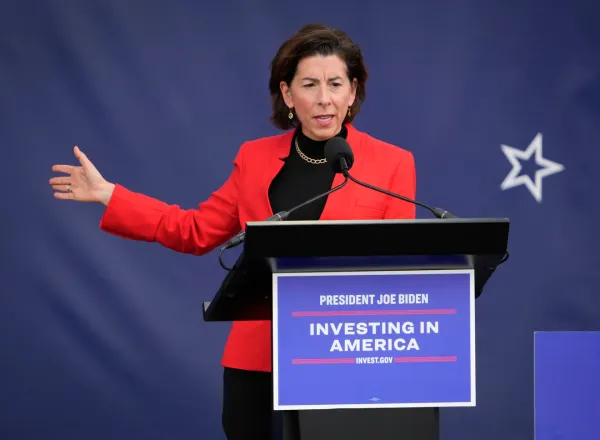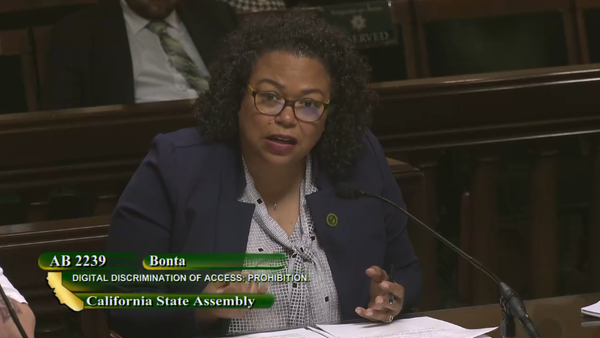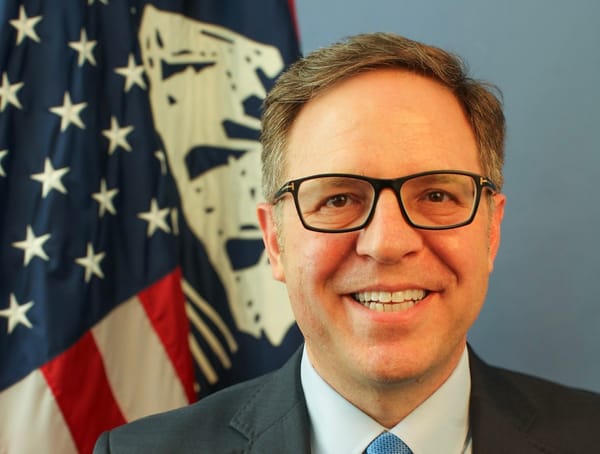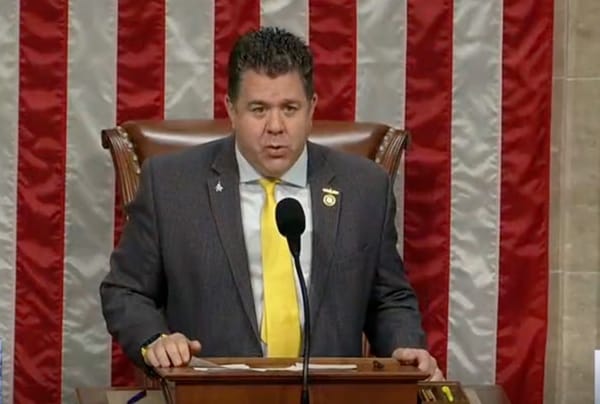Health Care, Wireless Can Drive Broadband Adoption, Experts Tell FCC
WASHINGTON, August 20, 2009 – One of the largest challenges in developing a national broadband plan will be to find out who has it, who doesn’t and what it is used for, said Consumer Research Director John Horrigan in his opening remarks at an FCC staff workshop.
WASHINGTON, August 20, 2009 – One of the largest challenges in developing a national broadband plan will be to find out who has broadband, who doesn’t and what it’s used for, said FCC Consumer Research Director John Horrigan in opening remarks at a Wednesday staff workshop.
The agency’s most recent seminar focused on building a fact base for the national strategy, which the FCC must present to Congress by February 2010.
Susannah Fox, associate director for digital strategy at the Pew Internet and American Life Project, said 63 percent of Americans have home broadband service — a “significant increase” over 2008. A “key point” of Pew’s data shows broadband users value most the ability to share information with health care providers. Eighty percent of users have used broadband to find health care information online — “the de facto second opinion,” Fox said.
The survey found that consumers with broadband gain the ability to contribute information and communicate with others, as well as find rich media information on topics of interest, Fox said. Surveys did “not show a lot of harm” from consumers turning to the Internet for health care information, she added.
Income gaps between urban and rural areas is a major factor affecting broadband adoption, said Peter Stenberg, a senior economist at the Department of Agriculture. Population density also plays a part because service “radiates” from urban areas, he said.
Citing data from her own study, Fox said relevance remains the biggest hurdle to increasing widespread broadband adoption. But Fox was optimistic that as people become more comfortable using the Internet as an information utility, emerging uses of broadband — like health care — could be “a possible leverage point” for increasing adoption, she suggested.
Wireless could play a major role in increasing widespread broadband adoption, said Christopher Guttman-McCabe, vice president for regulatory affairs at CTIA. The wireless industry trade group has conducted a semi-annual survey since 1985 which has evolved to include broadband service, he said. For example, 84 percent of wireless devices are now Web capable, Guttman-McCabe said. “Broadband has been driven by…investment in wireless networks,” he said. Instead of focusing on broadband pipes to physical locations, he suggested broadband services should be measured by persons served — not households.
Wireless has become the “third pipe” to “the person…not the home,” he said, with data-capable phones, aircards and netbooks leading the charge. This will drive an “explosion” in wireless data over the next four years,” he said, citing data provided by Cisco Systems. “With higher speed networks…the ecosystem is just changing before our eyes.”







